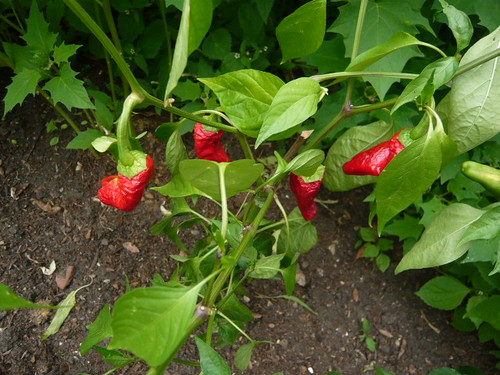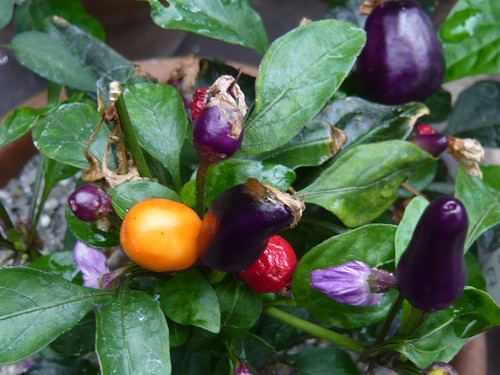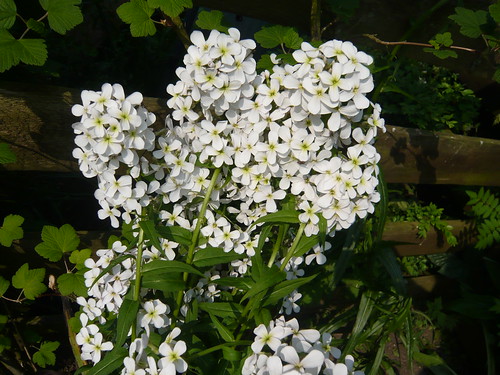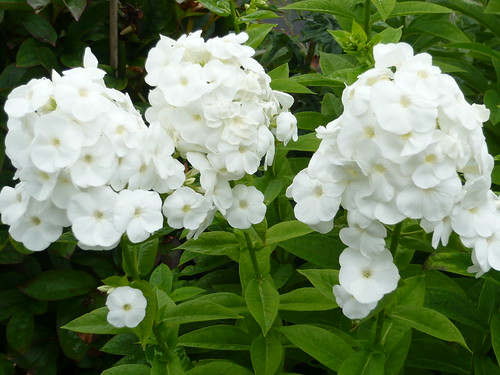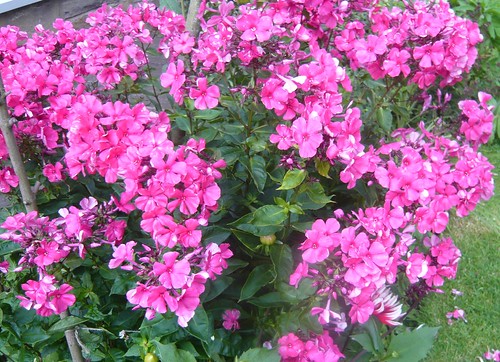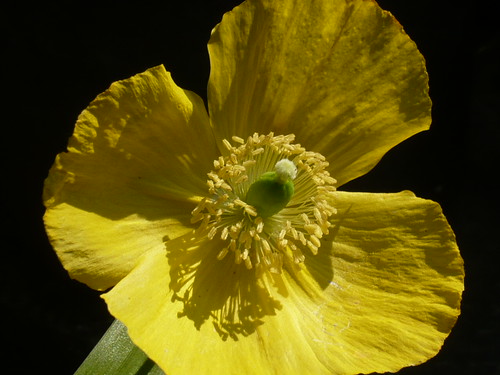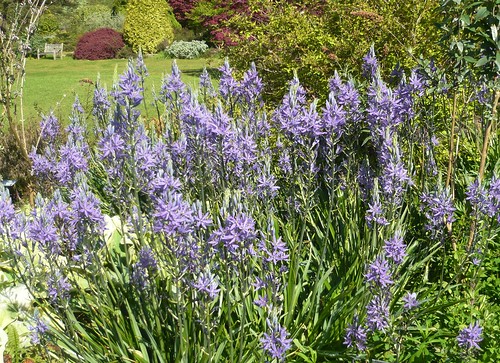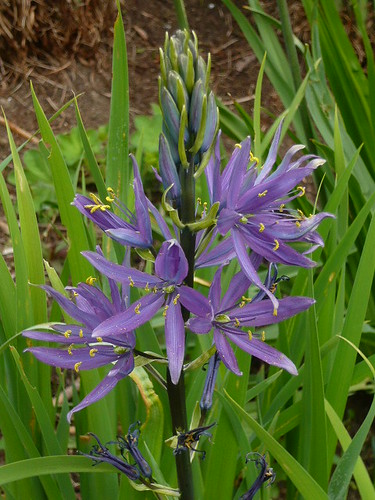Spanish Salsify -Scolymus Hispanicus & Salsify

Common Golden Thistle or Spanish Salsify has golden yellow flowers that look like other members of the Compositeas.
Growing Spanish Salsify
- The plants prefer light well-drained soil. Occasionally it will be found growing wild but as its name suggests it grows well in Spain where it is also known as Spanish Oyster.
- Spanish Salsify is a biennial or perennial plant, which grows 2-3′ tall and is very spiny. The stems are branched at the top, with discontinuous spiny branchlets.
- Cultivation has reduced since Victorian times when it was more popular
Growing for Eating and Cooking
- All parts of the plant are edible but the roots were originally thought to have a slight diuretic effect.
- Root eaten raw or cooked have a sweet flavour that makes an excellent vegetable though it is rather low yielding.
- The roasted root has been used as a coffee substitute
- Young leaves and leafstalks can be blanched and used in salads
- The flowers are used to adulterate saffron as a food colouring
- In Spain the main uses are in salads or with scrambled eggs .
Read more on the UN Agricultural web site
Ordinary Salsify
- Grown from seed the roots can be stored for winter use.
- Salsify Scorzobianca produces slender, parsnip-like white skinned roots. They can be left in the ground and lifted as required. In the spring the tender shoots of Salsify Scorzobianca make an appetising green vegetable.
- Seeds available from Thompson Morgan
- The roots have a delicious, delicate flavour likened to Oysters or Asparagus.
- Salsify is a good source of Vitamin C and potassium.

